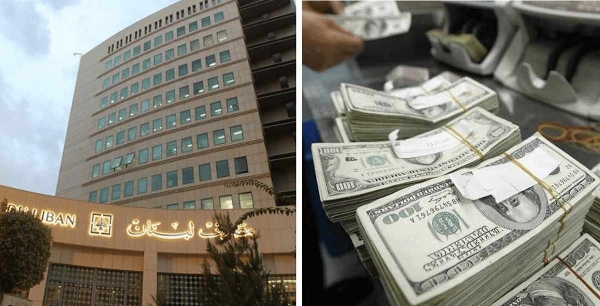Palestinian Refugees and the Syrian Crisis
Palestinian refugees in Syria have been subject to injuries and fatalities due to the proximity of the fighting to their areas of residence. The camps that have been affected are Ein al Tal, Dera’a, Yarmouk, Husseinieh, Khan Eshieh, Sbeineh, and Sayida Zeinab. Armed conflict has been taking place within these camps by both government and rebel forces alike, and the extensive fighting and shelling have made it impossible for Palestinians to continue inhabiting the camps. According to UNRWA, 235,000 refugees are estimated to have left Syria since the beginning of the conflict. For those who stayed, moving around freely is no longer a safe option. This has obstructed their access to work and has drastically affected their livelihoods. Because they can no longer maintain jobs, the majority of them now rely on UNRWA as their sole source of income. UNRWA found that 400,000 Palestinians in Syria who were previously providing for themselves and their families are now in need of livelihood support.
UNRWA is having trouble securing the funding needed for assisting Palestinian refugees. With many of the refugee camps in Syria affected by the fighting, Palestinians have fled to other Arab countries such as Lebanon, Jordan, and Egypt. In Lebanon, UNHCR and Lebanese NGOs cannot fill in the gap in UNRWA’s performance because they are mostly occupied with providing assistance to Syrian refugees. It is estimated that 32,000 Palestinian refugees from Syria have moved into Lebanon, though this number is likely to be higher as not all of them are registered. The most pressing needs for these refugees are emergency shelters being that the most of them are moving into Lebanon’s already overcrowded refugee camps.
Palestinian refugees from Syria who have come to Lebanon have left a dangerous war zone only to find no shelters, no jobs, and no schooling for their children. They are mostly living inside or around the country’s refugee camps. Though there have been demonstrations demanding assistance and jobs in camps both in the north and south of the country, both the Lebanese government and international aid agencies are struggling to accommodate for the Syrian refugees overwhelming the country. To make matters worse, upon entry into Lebanon, Palestinians are forced to pay for a permit of USD17, which requires renewal every three months. This seems unacceptable provided that Lebanon prohibits Palestinians from working and extends no services whatsoever to Palestinians.
Many of the refugees are also moving to Jordan and Egypt. In the former, their number has reached 4,569 but they are only allowed to inhabit Cyber City (a refugee holding center) and to leave only if they are going back to Syria. In Egypt, the number is not as high, but conditions are equally severe. The embassy of the Palestinian Authorities in Egypt along with the UNRWA office has been providing additional aid to Palestinians fleeing Syria. The Egyptian government however, feels that any expansion of UNRWA’s work would affect the Palestinian’s ‘right of return’. Thus the agency has not been granted permission to expand its work across the country.
The influx of refugees flooding into regional countries is without doubt straining governments and local and international NGOs alike. But refugees of both Syrian and Palestinian nationalities need to be treated as individuals escaping violence. Humanitarian assistance that is designated to Syrians also needs to be extended to Palestinians in Lebanon, Jordan, and Egypt. International aid agencies can look to distribute their funding more evenly in order to fill the gap felt by Palestinian refugees, and prevent yet another humanitarian crisis in the region.








Leave A Comment